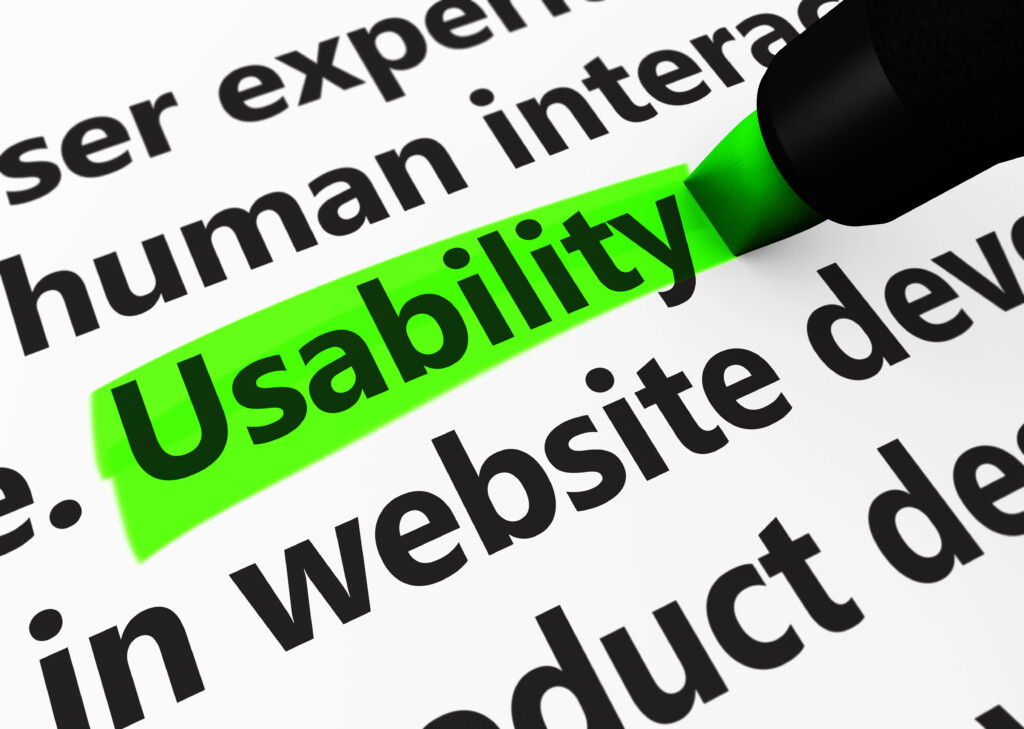How to Make Your Website Accessible

With changes to accessibility laws, creating an accessible website isn’t just a moral imperative – it’s a necessity. With the European Accessibility Act comes now in effect, businesses across Europe are recognising that web accessibility is essential for reaching all their customers effectively.
What is Web Accessibility?
An accessible website is one that can be used by everyone, regardless of their abilities or disabilities. This means designing and developing digital experiences that work seamlessly for users with visual, auditory, motor, or cognitive impairments. Accessibility ensures that people using assistive technologies like screen readers, voice recognition software, or keyboard navigation tools can fully engage with your content and services.
This concept isn’t just about accommodating disabilities. Accessible design benefits users with temporary impairments (like a broken arm), situational limitations (such as bright sunlight affecting screen visibility), or even those using older technology. It’s about creating inclusive experiences that work for the widest possible audience.
Why Accessibility Matters More Than Ever
The importance of web accessibility has grown significantly as our reliance on digital services has increased. With the European Accessibility Act taking effect in June 2025, businesses that serve European markets must ensure their websites, eCommerce platforms, mobile apps, and digital services meet strict accessibility standards. This legislation covers everything from online shopping sites to banking applications and ticketing systems.
That’s why we’re partnered with UserWay to ensure every website we build for our clients is accessible to everyone. Our SEO-friendly sites are compliant with Google’s best practices as well as WCAG 2.1, ADA, and other international accessibility standards, and provide real-time adjustments to text size, contrast and screen reader enhancements so every visitor to your site gets the very best user experience. You can read more about our web accessibility services here.
Beyond legal compliance, accessible websites offer substantial commercial advantages. They open your business to a broader customer base, including the millions of people with disabilities who represent significant purchasing power. These design principles often coincide with SEO best practices too, helping search engines better understand and index your content, which can improve your rankings and organic visibility.
What Makes a Website Accessible?
There are several key areas to look at when making sure your site is accessible to all.
Visual accessibility involves ensuring sufficient colour contrast between the text and backgrounds, so the content is readable for users with visual impairments. This also includes avoiding colour as the sole means of conveying information and providing alternative text for images, so screen readers can describe visual content to users who can’t see it.
Navigational accessibility is just as important – your site needs to be fully navigable using only a keyboard, as many users can’t use a mouse or touchscreen. This involves implementing logical tab orders, visible focus indicators, and ensuring all interactive elements are accessible via keyboard commands. Clear, consistent navigation structures help all users, but they’re particularly important for those using assistive technologies.
Content accessibility requires you to provide captions and transcripts for your audio and video content, so your site is usable for deaf and hard-of-hearing visitors. Make sure the text is structured with proper headings, so screen readers can navigate it efficiently, and use clear labels and error messages for forms.
For eCommerce businesses, specific requirements include making identification methods, electronic signatures, and payment processes clearly visible and easy to use. Support services like help desks also need to be compatible with assistive technologies, and detailed accessibility information should be readily available to all customers.
The Business Case for Accessibility
While keeping your site legally compliant is obviously important, the benefits of accessibility can also provide strong motivation. Accessible sites offer better user experiences for everyone, which can result in higher engagement rates and improved customer satisfaction. Search engines favour websites with good accessibility practices, as features like alt text and proper heading structures help them understand and index content more effectively.
The cost of non-compliance can be substantial, with fines reaching up to €250,000 in some countries for severe violations. In addition to these penalties, businesses also risk reputational damage and the loss of potential customers who can’t access their services, which has a negative impact on your brand and profits.
Creating an accessible website is an ongoing process, not a one-time fix. As technology evolves and user needs change, accessibility requirements will continue to develop. The key is to embed accessibility thinking into your design and development processes from the beginning, making it a fundamental consideration rather than an afterthought.
To ensure your site is SEO-friendly and accessibility compliant, contact our team to arrange a consultation to see how we can help.

